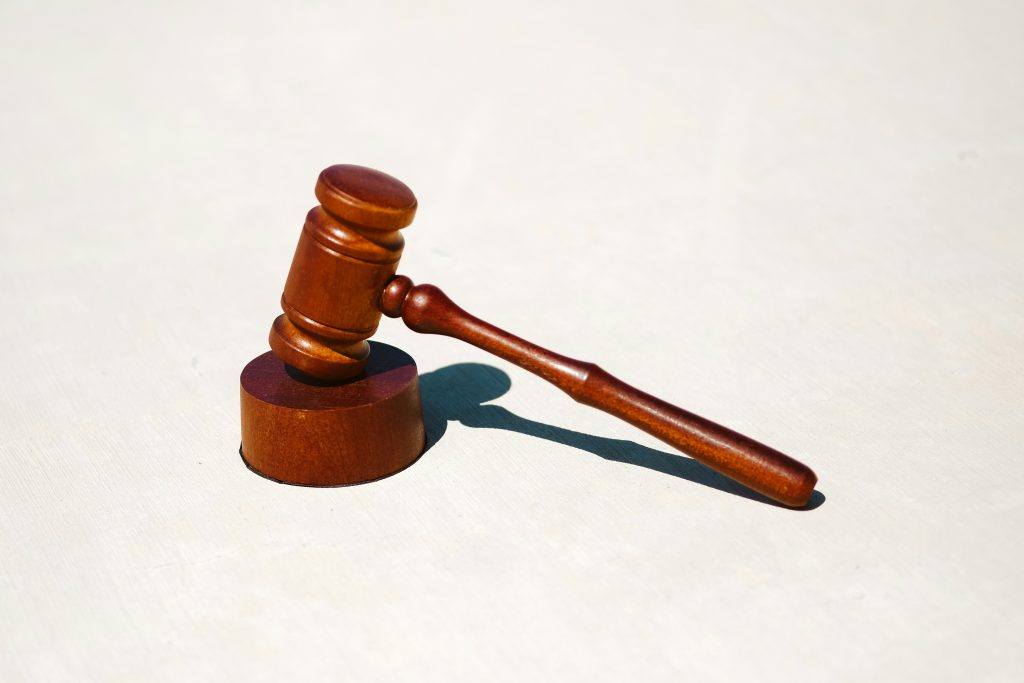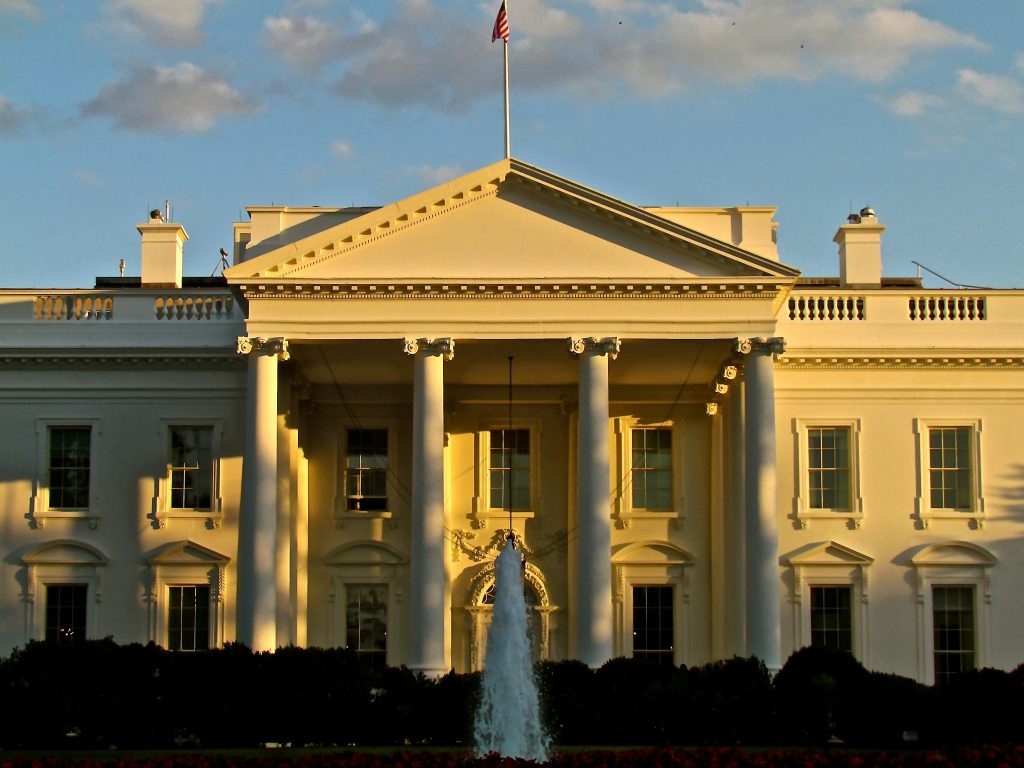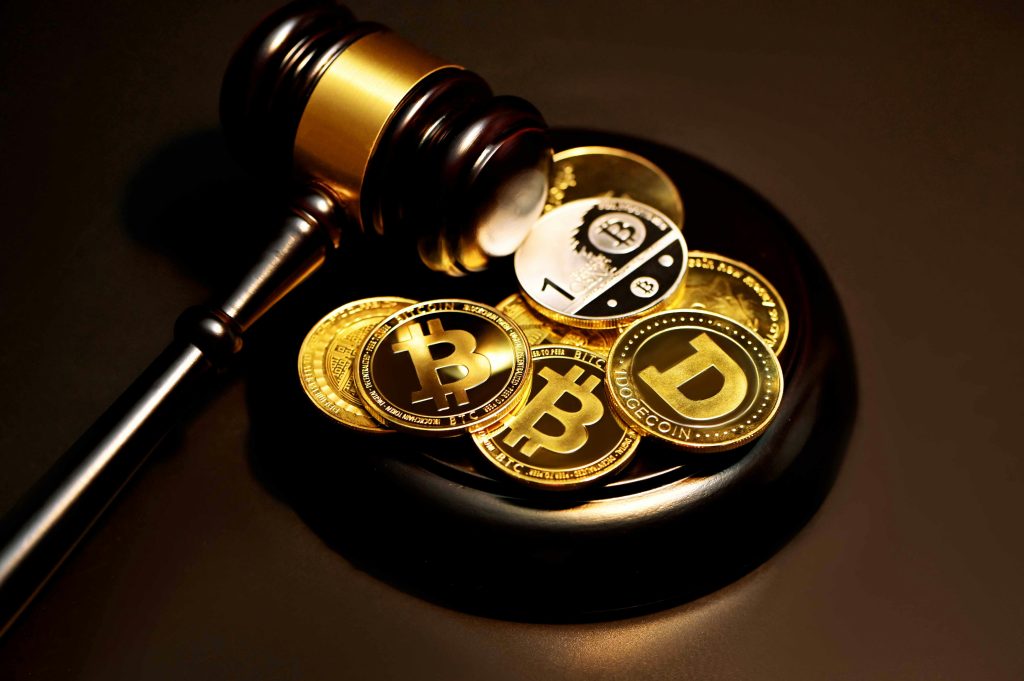
District Court Judge Issues Injunction Requiring Work Continue at CFPB
By Conor Proulx* PDF Available How much should the government interfere in private lending? That question is key to the...

The Trump Administration’s Proposed Carried Interest Tax Reform
By Andrew Cotter* PDF Available The Trump White House has reignited the carried interest debate. On February 6, the White...

Health Continues to Take a Backseat: The PFAS Crisis and the Politics of Corporate Freedom
By Katerina Romano* PDF Available Envision being present amidst uncharted worlds where the indefinite risk of society’s health continues to...

“The Wirkin”: An Antitrust and Intellectual Property Intersection.
By Jocelyn Chu* PDF Available What happens when one of the world’s most exclusive luxury bags gets a budget-friendly twin...

Legal Uncertainties for Businesses Due to Trump’s DEI Ban
By Sol Kim* PDF Available In his first week in office, President Donald Trump signed executive orders ending diversity, equity,...

Housing Costs and Zoning Laws: Arizona’s Unaffordability Problem
By Jon Iversen* PDF Available “In the last analysis, the result to be accomplished is to classify the population and...

The Apple Watch Ban Explained: Why Blood Oxygen Tech is Off the Table This Christmas
By Noorhan Elsaghir* PDF Available Getting your hands on an Apple Watch with blood oxygen-sensing technology might be challenging this...

IRC § 119: The Solution to the Shortcomings of IRC § 107
By Payton Love* PDF Available IRC § 107 allows ministers of the gospel to exclude from income the rental value...

Implications Following the SEC’s Crackdown on Cryptocurrency Regulation
By Gina Alteri* PDF Available Cryptocurrencies have become increasingly prevalent in financial markets globally, yet it remains unclear how this...

Connelly v. United States: End of the World for Life Insurance?
By Chenbing Xu* PDF Available Background On June 6, 2024, the United States Supreme Court ruled in Connelly v. United...